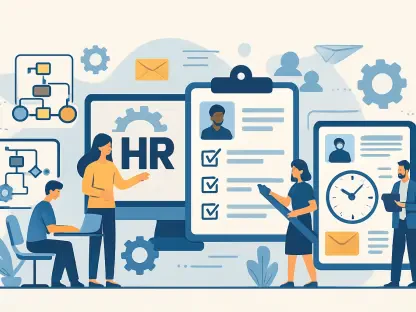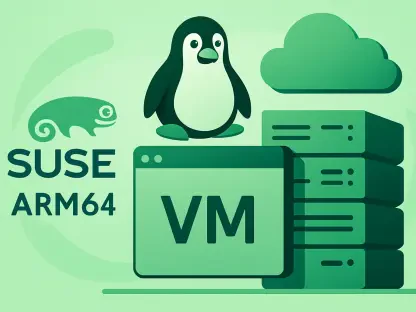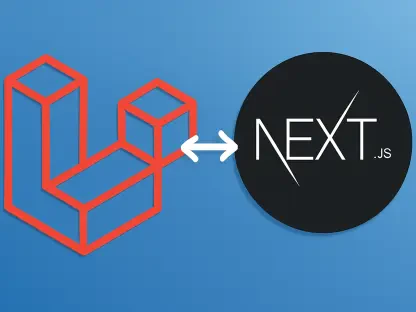2024 will be a record year for elections around the world. With 64 countries heading to the polls,
nearly half the globe’s population to cast a vote. But the post-pandemic world hasn’t fully caught up with the technology available to make voting a more seamless experience. In most parts of the world, election day can be logistically difficult for organizers and a challenge for voters. People who vote from abroad, disabled, elderly, and pregnant voters need to be accommodated. In some countries, a public or bank holiday needs to be declared to ensure workers can cast their vote. One way to expedite the process and ensure inclusivity is by using online voting software.
After COVID-19, many believed that the pandemic would spark a digital revolution in voting, as it did in many other industries; after all, voting itself could be seen as a super-spreader event! But as we head into the biggest year of elections in history, it’s surprising that only eight countries worldwide utilize e-voting software to help citizens cast a ballot.
Despite countries like Estonia pioneering electronic voting back in 2005, this system hasn’t reached the rest of the world and become as mainstreamed as many predicted. Questions around the safety of the software against cyberattacks for election rigging, the complexity and ease of use for older generations, as well as the lack of inclusivity for those who don’t have access to infrastructure are all valid concerns for those against e-voting.
But the question remains: in a world where automation has taken over every industry, could e-voting software alleviate the pressures of election-day logistics? And what would it take for governments worldwide to start phasing in a more modern way of electing officials?
Estonia: A Case Study for E-Voting
Estonia has been using e-voting, alongside the traditional paper ballot, since 2005 as part of their “e-Democracy and Open Data” policy. The software development company, Helmes, has been at the forefront of creating a platform for managing the entire electoral process, including voting on the day.
The platform allows for multiple votes to be cast per individual, with only the last vote counting for a candidate. This is in an attempt to prevent voters from being coerced. As an extra precaution, paper ballots may also be cast, and any paper ballot trumps an online vote. As a result of implementing e-voting, Estonia has seen an increase in voter turnout, particularly among younger demographics.
Electronic Voting Software Guarantees the Secrecy of the Vote
One of the most important tenets of a vote is that your vote is your secret. In traditional voting practice, the secrecy of the vote is provided by the voter’s presence, vetted by electoral officials with identity documents, and casting a paper ballot. Electoral officials then open the ballot boxes and count the votes with observers present. The entire process is overseen by officials, party representatives, non-partisan observers, and watchdog associations, guaranteeing transparency at every step of the process.
E-voting software offers a number of benefits for countries that embrace the technology, which include:
Shared Responsibility
Several differently configured voting systems are used to ensure e-voting software limits the risk of cyber-attacks, particularly as some of the systems operate offline. E-voting software also uses multiple-assessor verification, which ensures that individuals need third-party approval to access critical data or votes.
Transparency
The source code and documentation of completely verifiable systems must be published so that competent persons can operate and analyze the system privately. The source code may be used for non-commercial and specified scientific purposes, for example, exchanging information on any faults found in the system and the right to publish.
Verifiability
E-voting software ensures that attempts at system manipulation can be reliably detected. Based on special cryptographic procedures, verifiability creates transparency about the correct course of the entire ballot procedure while preserving the secrecy of the vote. Only systems with complete verifiability are authorized in Switzerland.
Independent Examinations
For the use of completely verifiable systems, regular examinations of the systems and their operation are carried out by independent organizations and experts.
Public Scrutiny
The public is encouraged to be involved in testing e-voting to a greater extent, and steps are taken to build up a community of specialists. In order to involve independent experts in a public scrutiny process, a bug bounty program is being run for the disclosed source code and documentation.
Best Practices
In accordance with the mandatory, ongoing improvement process, the systems must be continuously adapted and constantly protected against the latest security vulnerabilities.
Cooperation with the public
E-voting requires close collaboration with civil society and the academic community. The Confederation and cantons work closely with experts from different fields in designing, developing, and examining e-voting systems.
Risks of E-Voting Software
Despite the numerous benefits of using e-voting software, the question still remains: if e-voting is the superior method, why isn’t it more popular? Detractors would point to the risks that electronic voting software poses to democratic electoral processes, which include:
Public trust
The trust of the public in the integrity of the voting system is paramount to the legitimacy of elections. Any failure or suspicion of manipulation could undermine voters’ confidence in the electoral process.
Costs
Implementing and maintaining electronic voting systems can be costly, especially for countries or regions with limited financial resources.
Audit Difficulty
In many electronic voting systems, there is no 100% effective way to independently audit the results. This means that, in case of suspected fraud, it is difficult to carry out a complete and reliable verification.
Technical failures
Electronic voting machines are electronic devices subject to technical failures. Problems such as crashes and software or hardware errors can occur, leading to the interruption of the voting process or even the loss of votes.
Lack of transparency
Electronic voting can be criticized for not being fully reliable. The lack of access to the source code of the software used in the electronic voting machines prevents citizens from personally verifying the integrity of the system.
No paper trail
Some electronic voting systems do not provide a paper record for every vote recorded. This can make it even more difficult to manually audit and verify the results in case of doubts or disputes.
Need for experts
Implementing and maintaining electronic voting systems requires experts in cybersecurity and programming, which can be challenging for some regions with limited resources.
Cybersecurity
One of the main risks is the possibility of cyberattacks aimed at manipulating or compromising election results. Hackers can try to exploit vulnerabilities in voting machines, data transmission systems, or the servers that store the results.
Conclusion
While AI and automation have infiltrated almost every industry, elections are one of the slower processes to be transformed by software, despite the fact that the technology exists. Election day turnout can be dampened by a number of variables: weather events, political unrest, distance to voting stations, and transport costs to get there; even the physical health of voters plays a role in whether they vote or not.
E-voting offers an alternative process to mitigate these risks and allows those with the capacity to use technology to vote from home. There are, of course, risks to using online voting software, which has been a major contributing factor to the slow rollout of this software in developed nations. New electoral experts are required, public trust needs to be gained, and the sheet cost of commissioning country-specific voter software has all been major deterrents to governments across the world.
With almost half the world’s population going to the polls, we are in for a historic year. Despite the earlier hopes that technology and innovation would transform archaic voting systems, we just haven’t seen enough commitment to suggest change is on the horizon. Experts claim that e-voting software, with its internal checks and balances, provides a safer, more seamless voting experience, and is especially inclusive of the elderly, disabled people, the pregnant, and young people.
Estonia remains a beacon of hope for country’s looking to create a mixed-ballot system, where online voting is an option, but the traditional paper ballot exits. This, for the time being, seems to be the highest hope we can have for the future of e-voting software.









